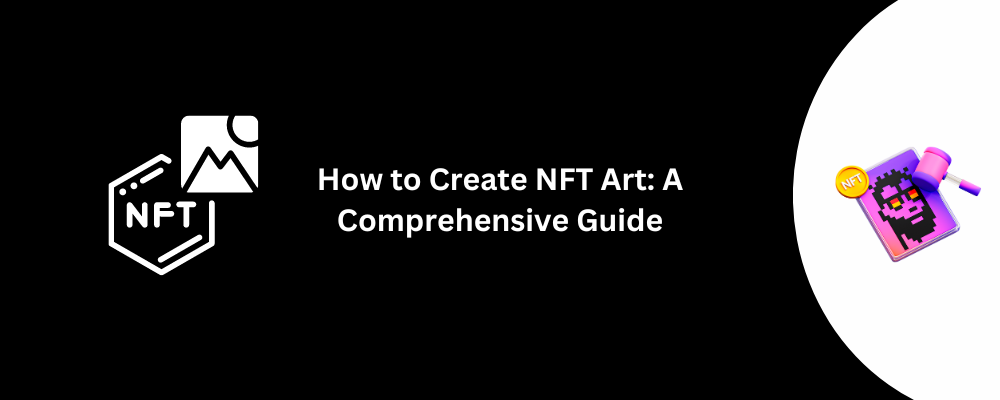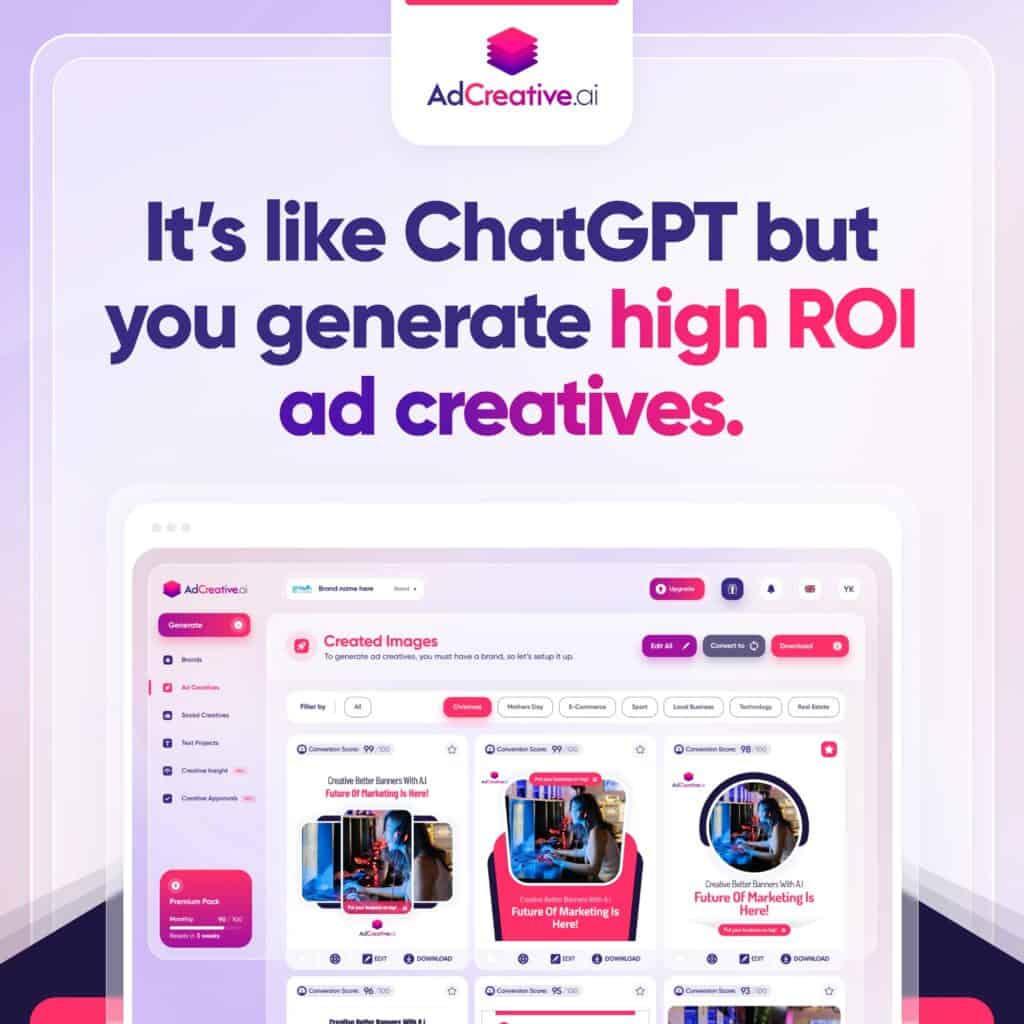Creating NFT (Non-Fungible Token) art has become a popular way for artists to showcase and sell their work in the digital space. With the rise of blockchain technology, NFTs offer a new and exciting avenue for creators to reach a global audience. This guide will walk you through the steps to create your own NFT art, from understanding the basics to minting and selling your creations.
What is NFT Art?
Understanding NFTs
NFTs, or Non-Fungible Tokens, are digital assets that represent ownership of unique items, often digital art, music, or other collectibles. Unlike cryptocurrencies like Bitcoin, which are fungible and can be exchanged for one another, NFTs are unique and cannot be replaced with something else. Each NFT has its own value and can be bought, sold, or traded on various platforms.

The Importance of NFTs in the Art World
NFTs have revolutionized the art world by providing artists with a new way to monetize their work. Through blockchain technology, artists can sell their digital art directly to collectors without intermediaries. This has opened up new opportunities for artists to gain recognition and financial support.
Getting Started with NFT Art
Choosing Your Digital Art
Before creating an NFT, you need to decide on the digital art you want to tokenize. This could be a digital painting, animation, 3D model, or even a piece of music or video. The key is to choose something that is original and has value to potential buyers.
Creating Digital Art
If you haven’t already created your digital art, now is the time to do so. You can use various software tools like Adobe Photoshop, Illustrator, or even 3D modeling programs like Blender. The quality and creativity of your work will play a significant role in its appeal to buyers.
Understanding Copyright and Ownership
It’s crucial to understand that by creating and selling NFT art, you are selling ownership of the digital asset, not the copyright. You retain the copyright to your work unless you specifically transfer it to the buyer. Make sure to clearly outline the terms of sale and ownership before minting your NFT.
Minting Your NFT
What is Minting?
Minting an NFT refers to the process of creating a new token on a blockchain that represents your digital art. This process involves uploading your digital file to a blockchain network, where it becomes a permanent, immutable record.
Choosing a Blockchain Platform
There are several blockchain platforms where you can mint your NFT art, including Ethereum, Binance Smart Chain, and Tezos. Each platform has its own advantages and transaction fees, so it’s essential to choose one that aligns with your goals and budget.
Creating a Digital Wallet
To mint and sell NFTs, you need a digital wallet to store your cryptocurrency and NFTs. Wallets like MetaMask, Trust Wallet, and Coinbase Wallet are popular choices. Make sure to secure your wallet with a strong password and backup your recovery phrase.
Minting Process Step-by-Step
- Connect Your Wallet: Start by connecting your digital wallet to the chosen blockchain platform.
- Upload Your Digital File: Upload the digital file you wish to mint as an NFT.
- Add Metadata: Add metadata such as the title, description, and any additional details about your artwork.
- Pay Minting Fee: Pay the minting fee, which is required to create the NFT on the blockchain.
- Confirm and Mint: Review the details and confirm the minting process. Your NFT is now live on the blockchain.
Selling Your NFT
Choosing a Marketplace
Once your NFT is minted, you can sell it on various marketplaces like OpenSea, Rarible, or Foundation. Each marketplace has its own user base and fee structure, so choose one that best fits your needs.
Listing Your NFT for Sale
To list your NFT for sale, you’ll need to set a price and choose whether to sell it at a fixed price or through an auction. Make sure to include a compelling description and tags to attract potential buyers.
Marketing Your NFT
Marketing is key to selling your NFT. Utilize social media platforms, create a website or portfolio, and engage with NFT communities to promote your work. Collaborating with other artists and participating in online exhibitions can also increase your visibility.
Understanding Royalties
Setting Royalties on Your NFT
One of the unique features of NFTs is the ability to set royalties, allowing you to earn a percentage of future sales. This means that every time your NFT is resold, you receive a commission. When minting your NFT, you can specify the royalty percentage, usually ranging from 5% to 10%.
Long-term Benefits of Royalties
Royalties provide long-term benefits by ensuring you continue to earn from your work even after the initial sale. This can be a significant source of passive income, especially if your art increases in value over time.
The Legal Aspects of NFT Art
Intellectual Property Rights
When creating and selling NFT art, it’s important to consider intellectual property rights. Ensure that your artwork is original and that you have the legal right to sell it as an NFT. Infringing on someone else’s intellectual property can lead to legal issues and damage your reputation.
Contracts and Terms of Sale
When selling NFTs, consider creating a smart contract that outlines the terms of sale, including ownership, usage rights, and royalties. Smart contracts are self-executing contracts with the terms directly written into code, ensuring that both parties adhere to the agreement.
Protecting Your NFT Art
Securing Your Digital Wallet
Security is paramount when dealing with NFTs and cryptocurrencies. Use a strong, unique password for your digital wallet, enable two-factor authentication, and be cautious of phishing scams. Regularly update your security settings to protect your assets.
Storing Your NFT Art
While NFTs are stored on the blockchain, the actual digital file is often stored off-chain on platforms like IPFS (InterPlanetary File System). Ensure that your files are securely stored and backed up to prevent loss or theft.
Challenges and Risks of NFT Art
Environmental Concerns
The process of minting NFTs can be energy-intensive, especially on platforms like Ethereum. This has raised environmental concerns due to the carbon footprint associated with blockchain transactions. Some artists are exploring eco-friendly alternatives like Tezos or waiting for Ethereum’s transition to a more sustainable proof-of-stake model.
Market Volatility
The NFT market is still relatively new and can be highly volatile. Prices can fluctuate dramatically, and there’s no guarantee that your NFT will sell or increase in value. It’s important to manage your expectations and not invest more than you can afford to lose.
Future of NFT Art
Growing Acceptance and Adoption
NFTs are gaining acceptance in the mainstream art world, with major auction houses and galleries beginning to embrace this new medium. As technology evolves and more artists experiment with NFTs, we can expect continued growth and innovation in this space.
The Role of Metaverse in NFT Art
The concept of the metaverse—virtual worlds where people can interact, work, and play—is closely linked to the future of NFT art. As these digital spaces grow, NFTs could become central to owning and trading digital assets within these environments.
Creating NFT art offers exciting opportunities for artists to explore new mediums and reach a global audience. By understanding the process, from choosing and creating your digital art to minting and selling your NFTs, you can successfully navigate this innovative space. While there are challenges and risks, the potential rewards make it an appealing option for many creators.
FAQs
1. What are the best platforms for selling NFT art?
OpenSea, Rarible, and Foundation are popular platforms, each offering unique features and fee structures. Choose based on your goals and target audience.
2. Can I sell physical art as an NFT?
Yes, you can tokenize physical art as an NFT by creating a digital representation of the piece. The NFT can represent ownership or access to the physical item.
3. How do royalties work with NFTs?
Royalties allow you to earn a percentage of sales whenever your NFT is resold. This is set during the minting process and can provide ongoing income.
4. What are the environmental impacts of NFTs?
Minting NFTs, particularly on Ethereum, can be energy-intensive, leading to environmental concerns. Some artists are choosing more eco-friendly platforms like Tezos.
5. Is NFT art a good investment?
NFT art can be a good investment, but it comes with risks due to market volatility. It’s important to do your research and invest wisely.




